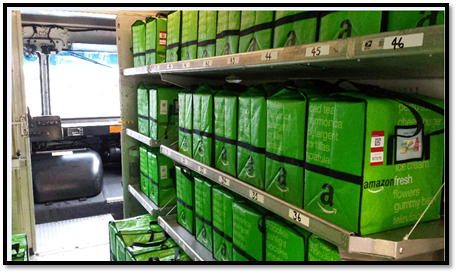 |
| Maybe pine tar would help |
Bad turned to worse when my bank even urged me to “go green” (i.e. put more green into its CEO's wallet) by switching my statements and payments from mail to the coal-fired Internet.
But instead of getting pissed off, we here at the Dead Tree Edition Research Institute decided to take the offensive (some would say “very offensive”) and highlight yet another example of what print can do that digital media can’t.
Today’s edition of “Just Try That With an iPad” comes to you courtesy of a longtime Dead Tree Edition reader, who apparently has the unusual hobby of shooting photos in crowded public restrooms. He leaked news to us of a clever print campaign, placed in the urinals at a minor league baseball park in Trenton, New Jersey, that simply cannot be replicated via digital media.
 |
| O, say can you pee? |
When was the last time you saw a digital ad that actually got guys thinking about whether their trouble with “balls and strikes” merited medical attention? And note that the marketing wizz behind this wee print campaign got the target market’s attention without even resorting to any high-tech tricks like HAUBs.
Yeah, you know, HAUBs – heat-activated urinal billboards. Sure, it sounds nuts (sorry), but that really is a thing.The message on these little billboards isn’t revealed until some “P” is added to the H-A-U-B, thanks to the magic of heat-activated inks.
 |
| Basketball has lots of dribblers. Just sayin'. |
Can e-ink do that?
Nor did the urologists’ campaign take advantage of the latest paper breakthrough -- urine-activated origami distress signals. (I swear I am not making this up.)
A team of researchers recently announced it is coating sheets of standard copy paper (“uncoated freesheet” to us print geeks) with special microbes that get excited in the presence of “golden showers.”
After a few well-placed folds to make a tetrahedron, plus what polite baseball fans would call a visit to the dugout, a single sheet of the paper will broadcast a distress signal. Probably something like: “Alert! This dude needs serious help – can’t tell a tetrahedron from a toilet!”
 |
| Target market: Guys who can't hit the target. |
Then it will send out a distress signal that schedules an appointment for him to see a urologist the next morning.
You got an app that can do that?
Further thoughts on Earth Day and print media:
- For a more serious way to fight anti-print greenwashing, check out Two Sides' cool new infographic, Paper and Sustainable Forestry.
- Condoms to the Rescue, and 5 Other Novel Ideas for Saving the Forests
- 5 Brutally Honest Green-Themed Promotions I'd Like To See
- Ten Ways to Celebrate International Print Day










